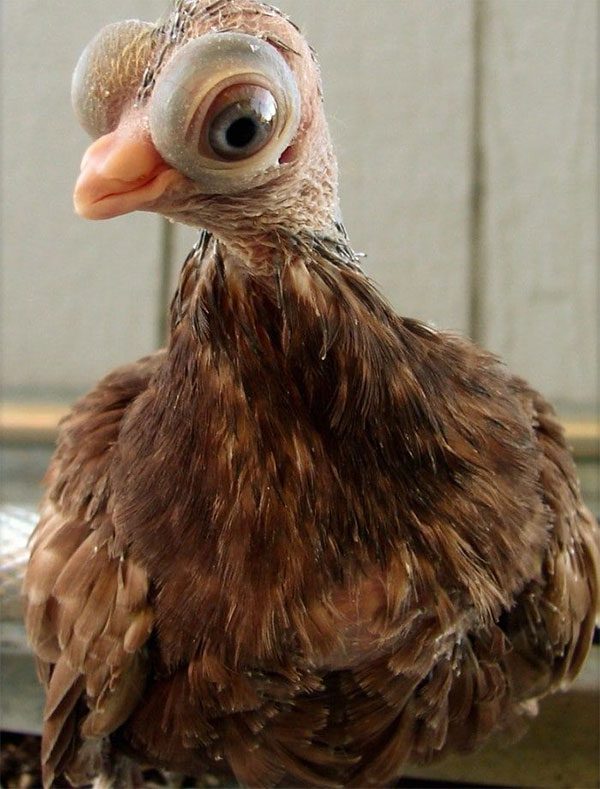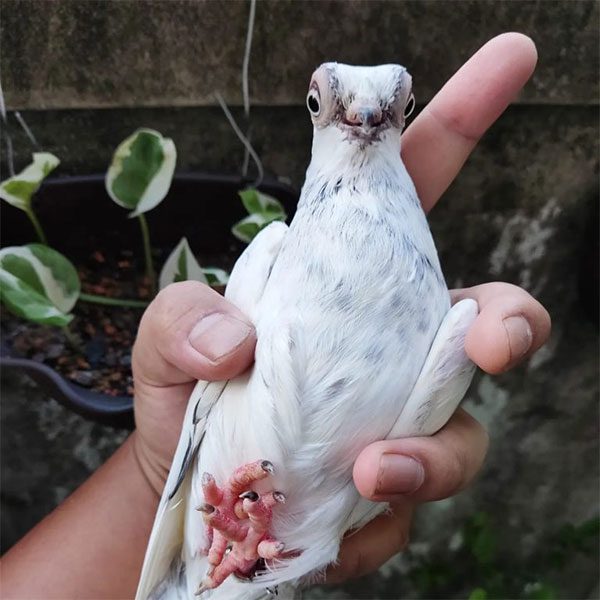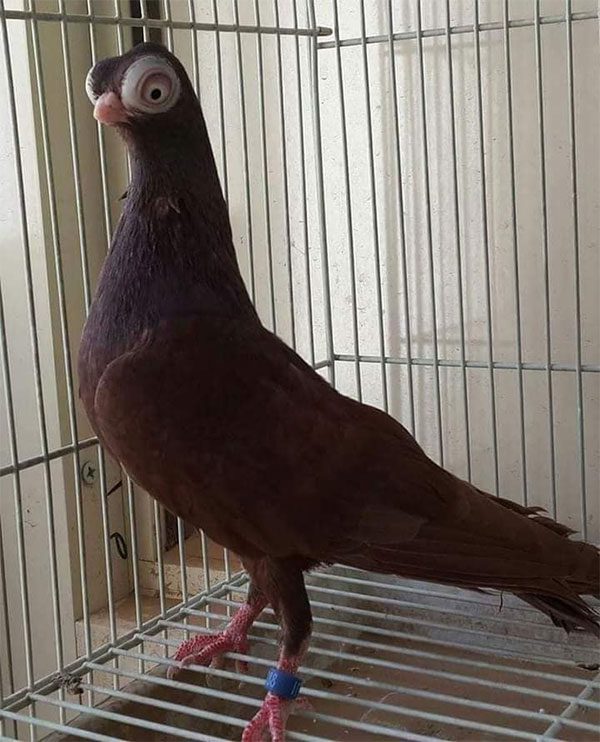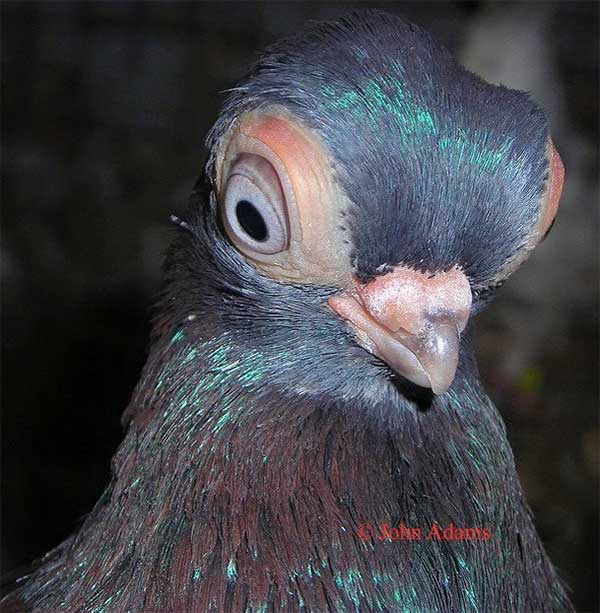The Budapest bug-eyed pigeon is a rare pigeon breed, renowned for its peculiar appearance that resembles an alien, featuring bulging eyes, a small beak, and a triangular head.
The Poltl brothers, a family passionate about pigeon racing from Budapest, began developing this new pigeon breed in the early 1900s using selective breeding techniques to create a bird that could fly high with unmatched endurance.
They aimed to achieve their goal, as the Budapest bug-eyed pigeon can fly for up to 5 hours non-stop, covering a distance of approximately 800 kilometers.
However, those who see it for the first time are less concerned with its flying abilities and more captivated by the unique appearance of this pigeon breed.
The small face and beak, in contrast to the bulging frog-like eyes, evoke curiosity or even horror, but they also capture attention.
It is unclear why the Poltl brothers chose such cartoonish physical characteristics when creating this rare pigeon breed.
Some speculate that the extremely short beak and small face may have made them lighter, while the large eyes help them fly higher, but no one truly knows the exact reason.




Budapest bug-eyed pigeon.
What we do know is that this unusual appearance has made them stand out among many other pigeon species.
Many believe that the Budapest bug-eyed pigeon does not look particularly “cute.” However, these unusual physical traits are undeniably its standout features.
In fact, these characteristics are part of the reason why this pigeon breed is so rare, even among specialized pigeon breeders.
Simply put, Budapest bug-eyed pigeon chicks often have a hard time hatching from their eggs due to their small beaks and large eyes, which act as a cushion whenever they try to peck at the eggshell.
Because the mortality rate for this breed is very high, pigeon breeders often remove the eggs and try to help the chicks hatch before they become exhausted inside the eggs.
As you can imagine, knowing exactly when the eggs of this rare pigeon hatch requires meticulous record-keeping during the incubation process.
Moreover, even if the eggs do hatch, feeding is quite challenging due to the small beaks of both parents, and sometimes human intervention is necessary.
Today, the Budapest bug-eyed pigeon is more famous as a pet with a unique appearance rather than as a racing pigeon.




















































